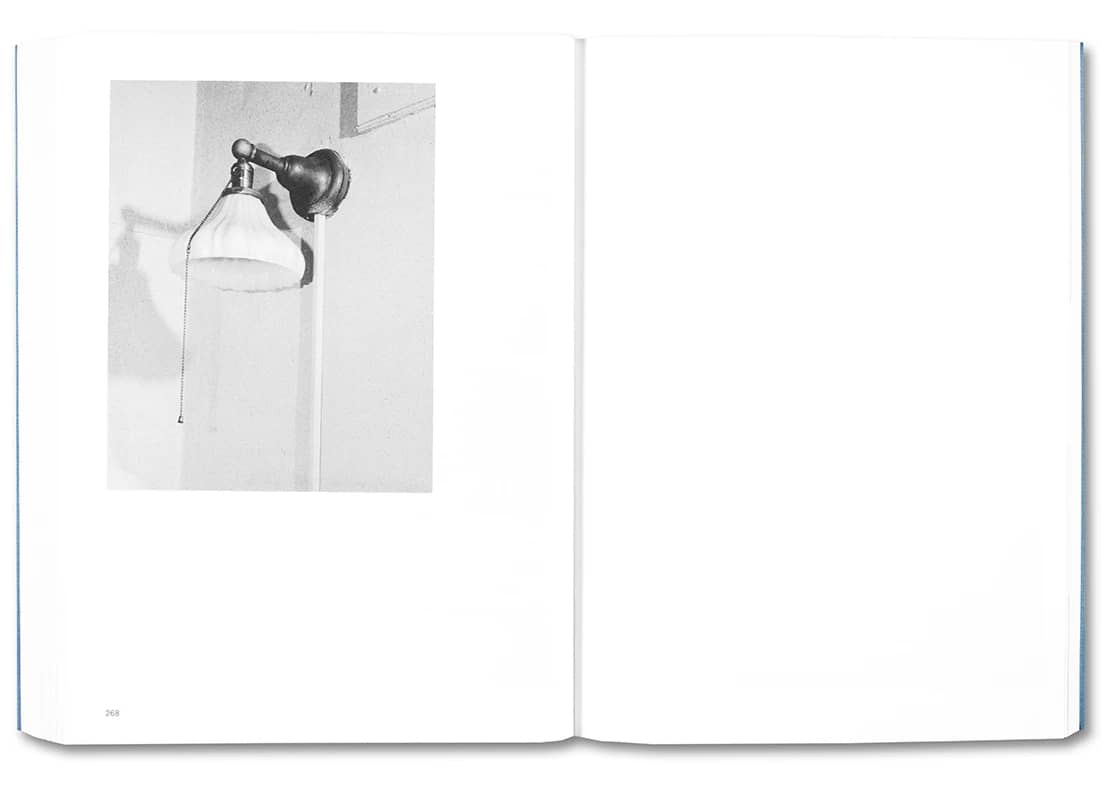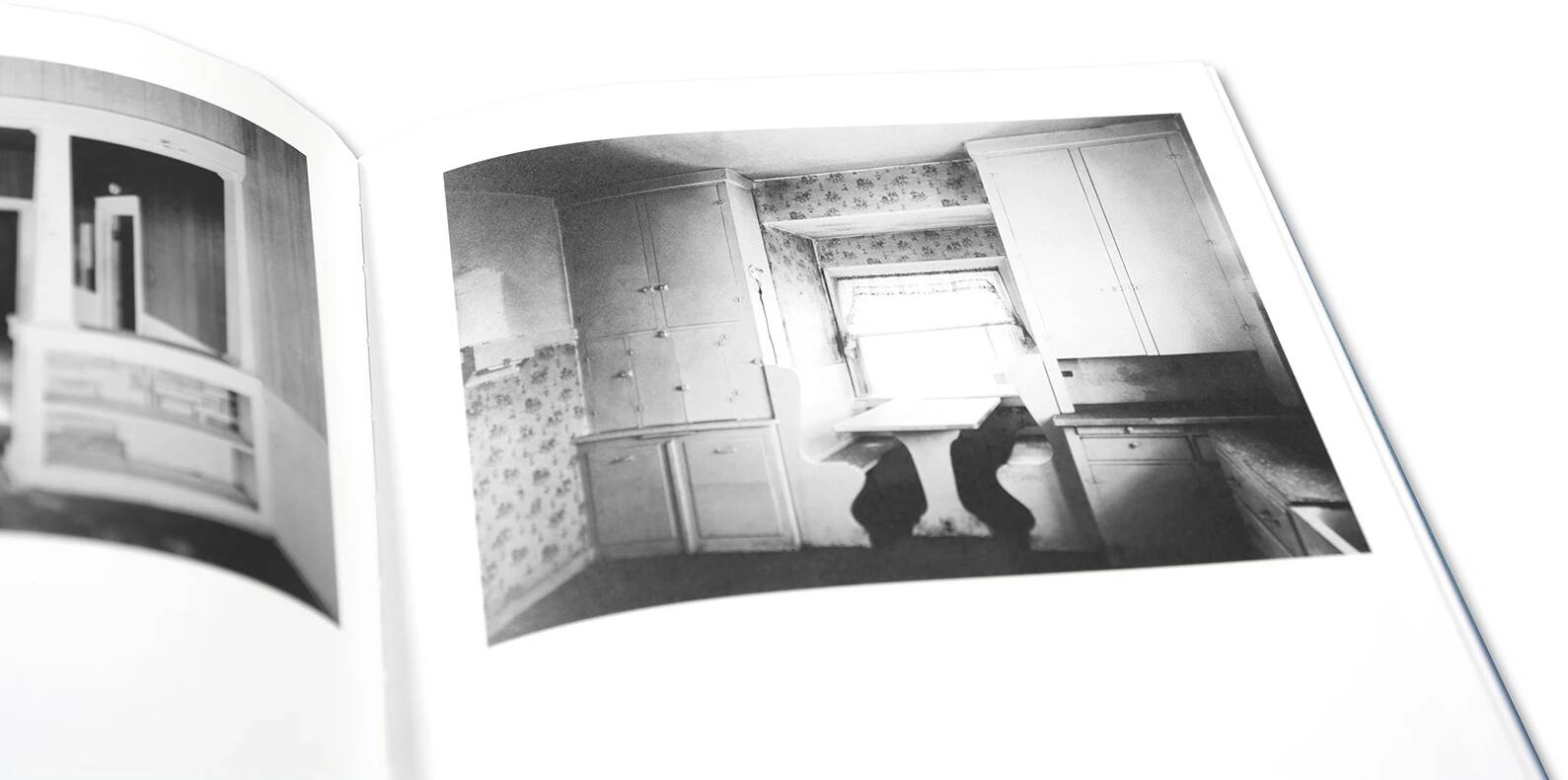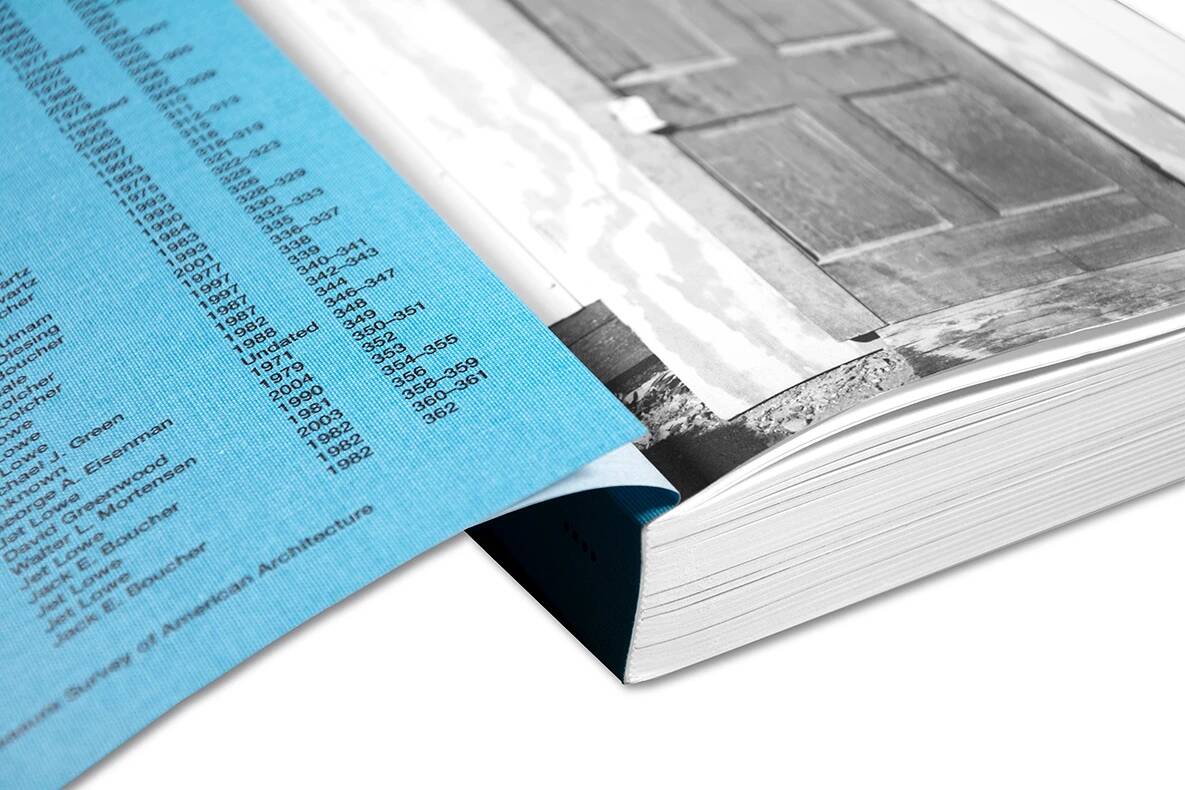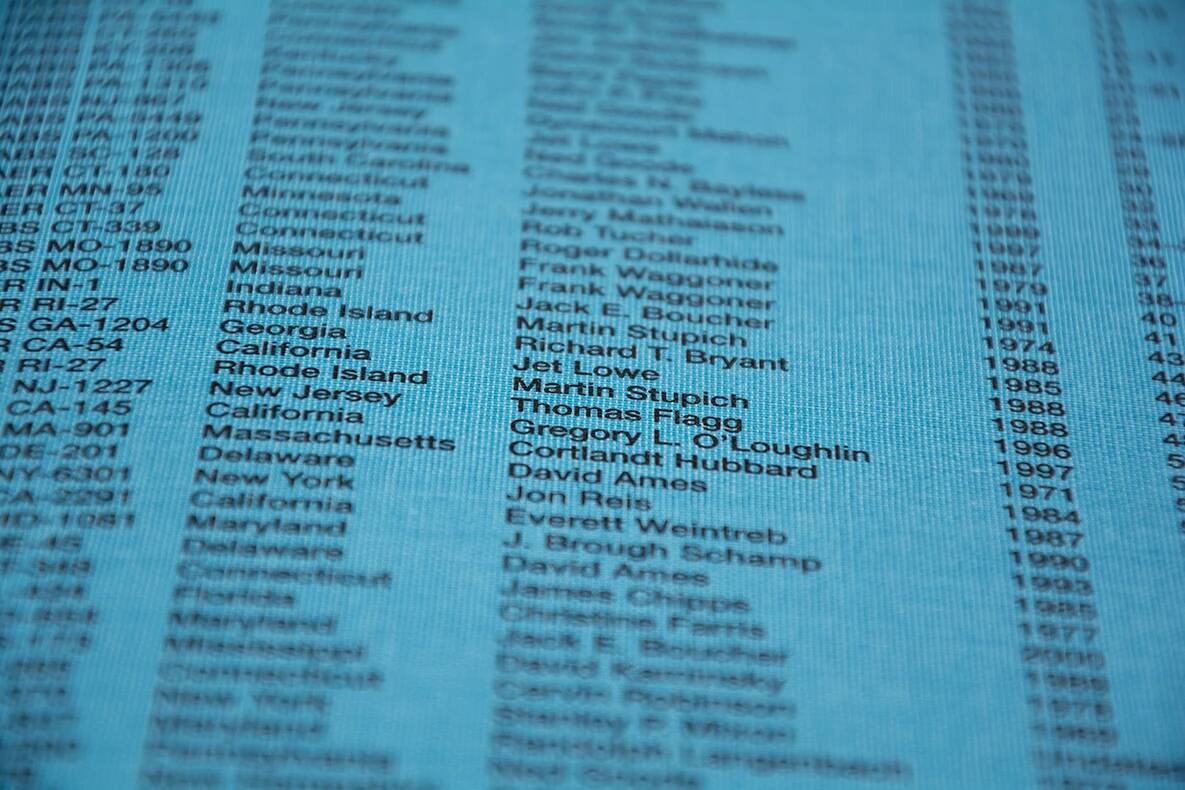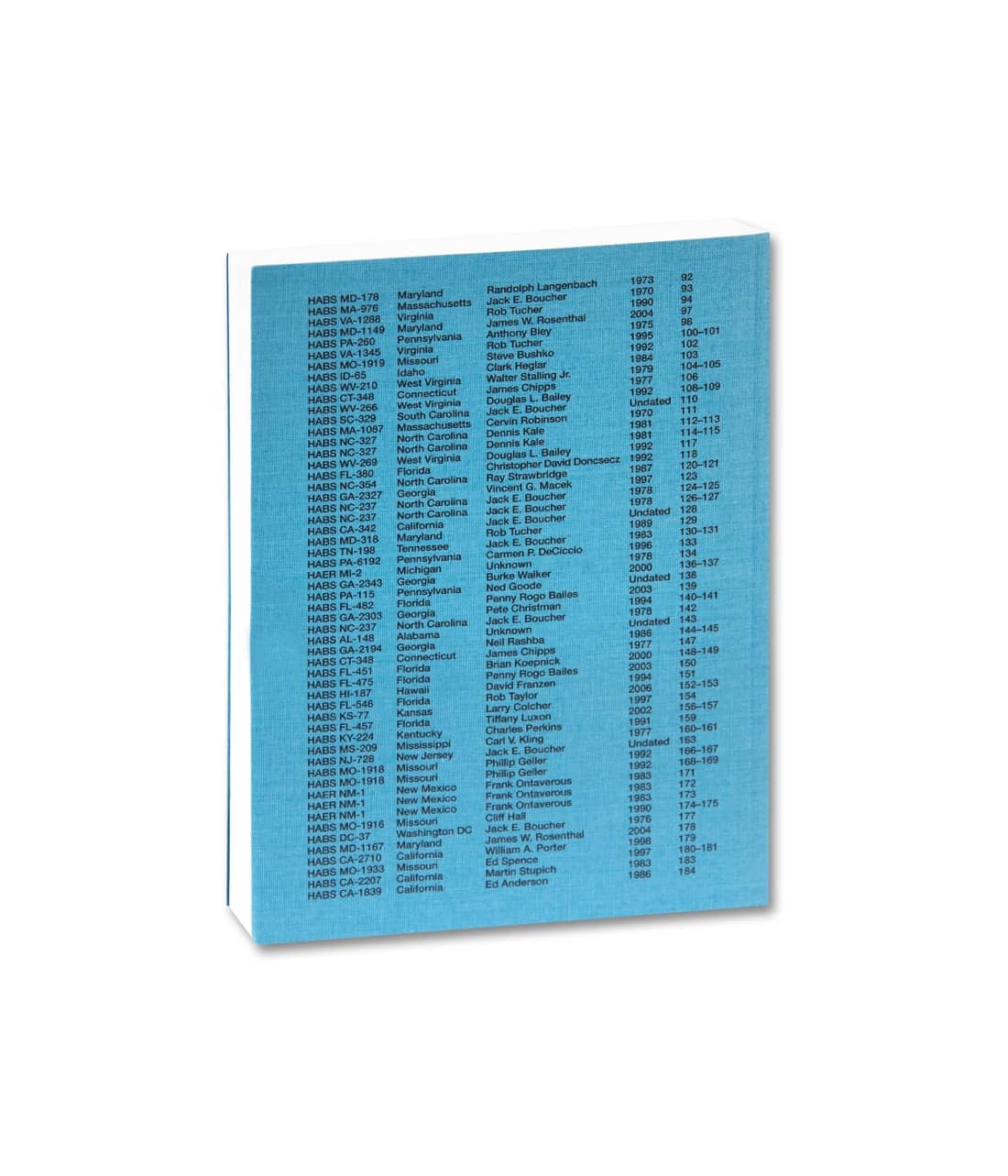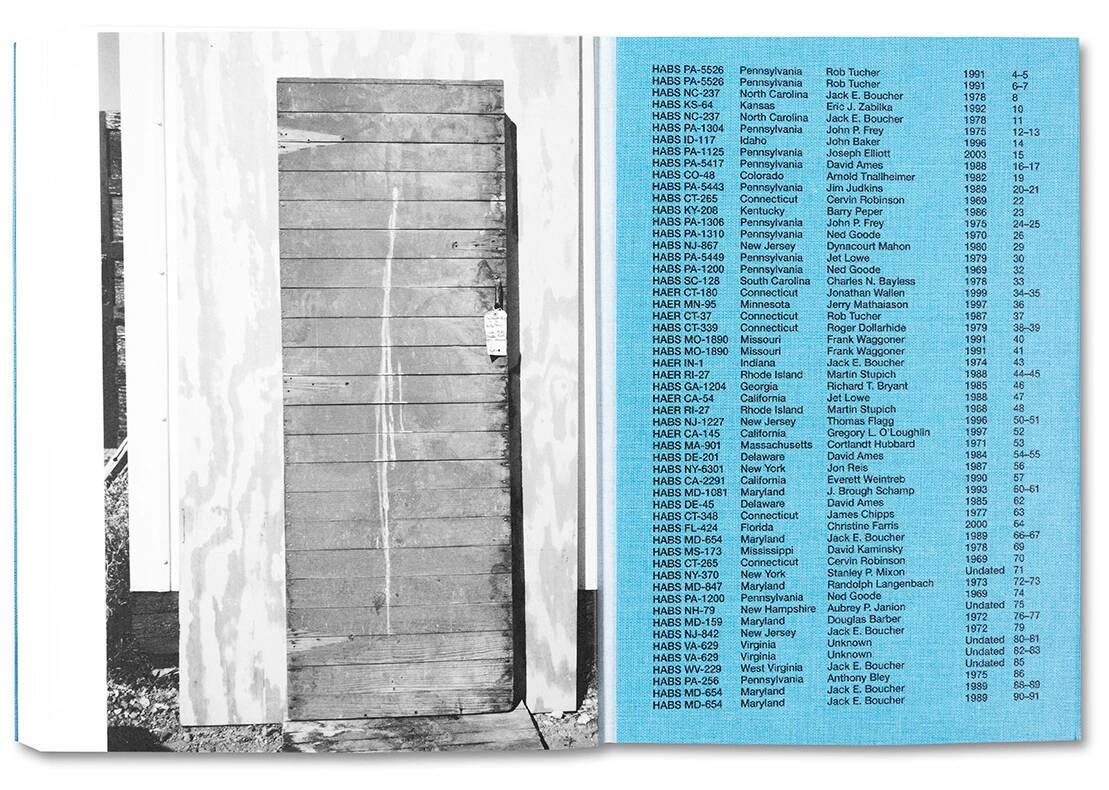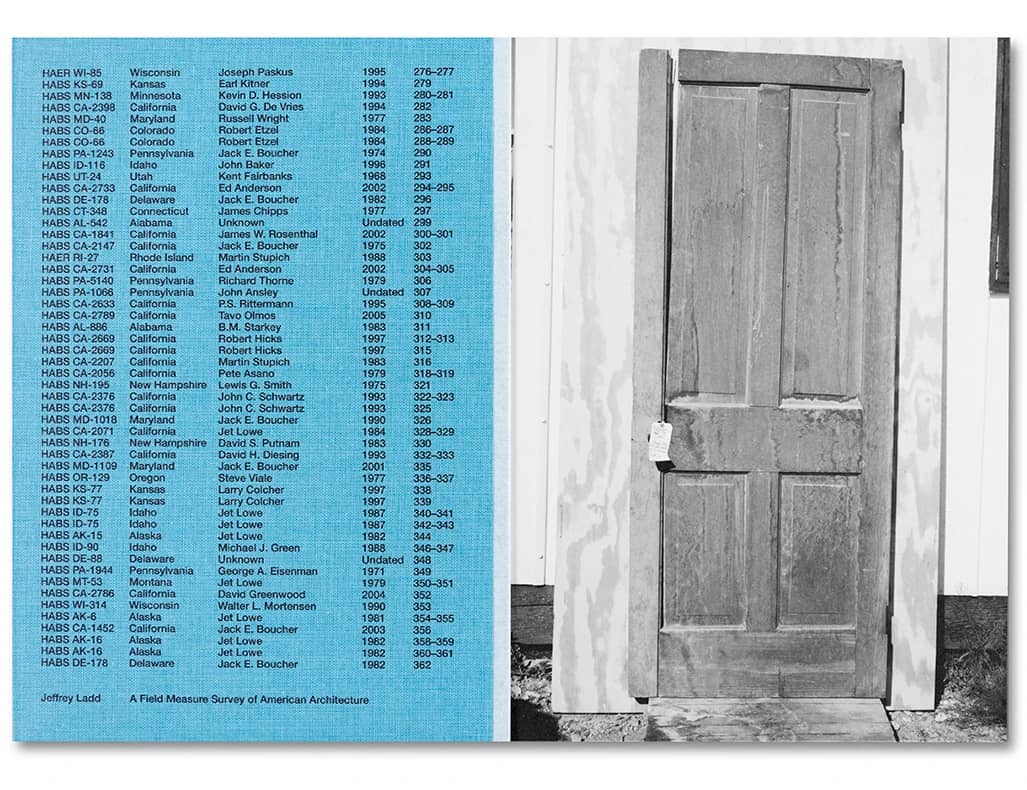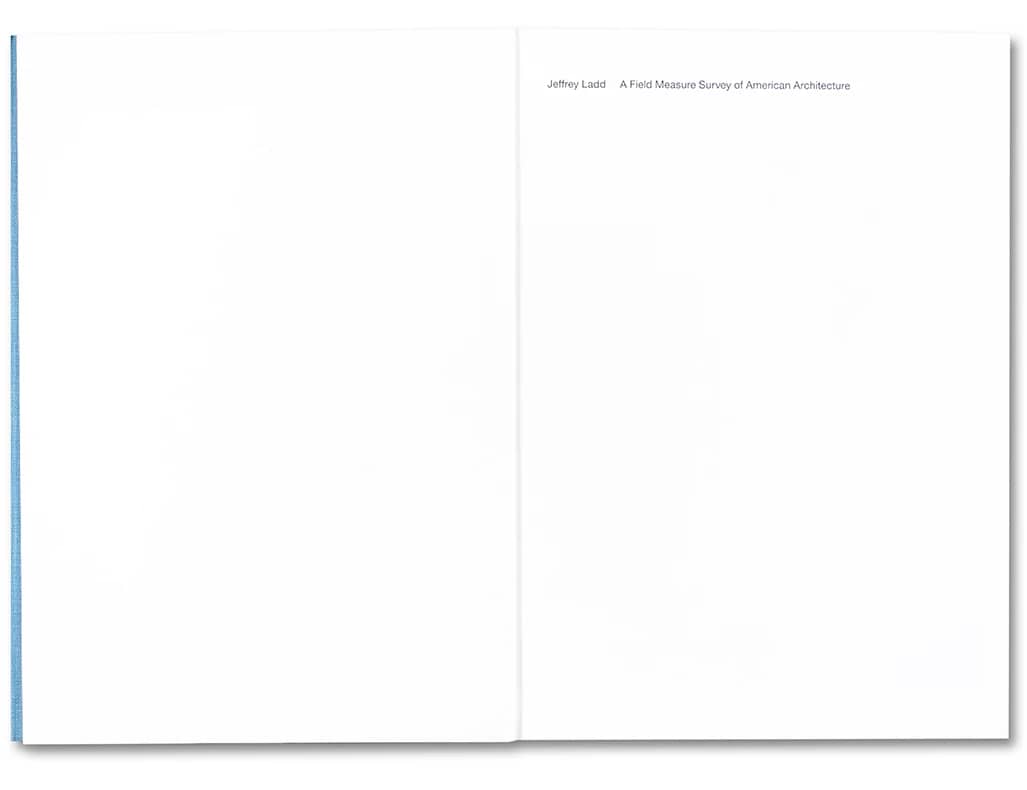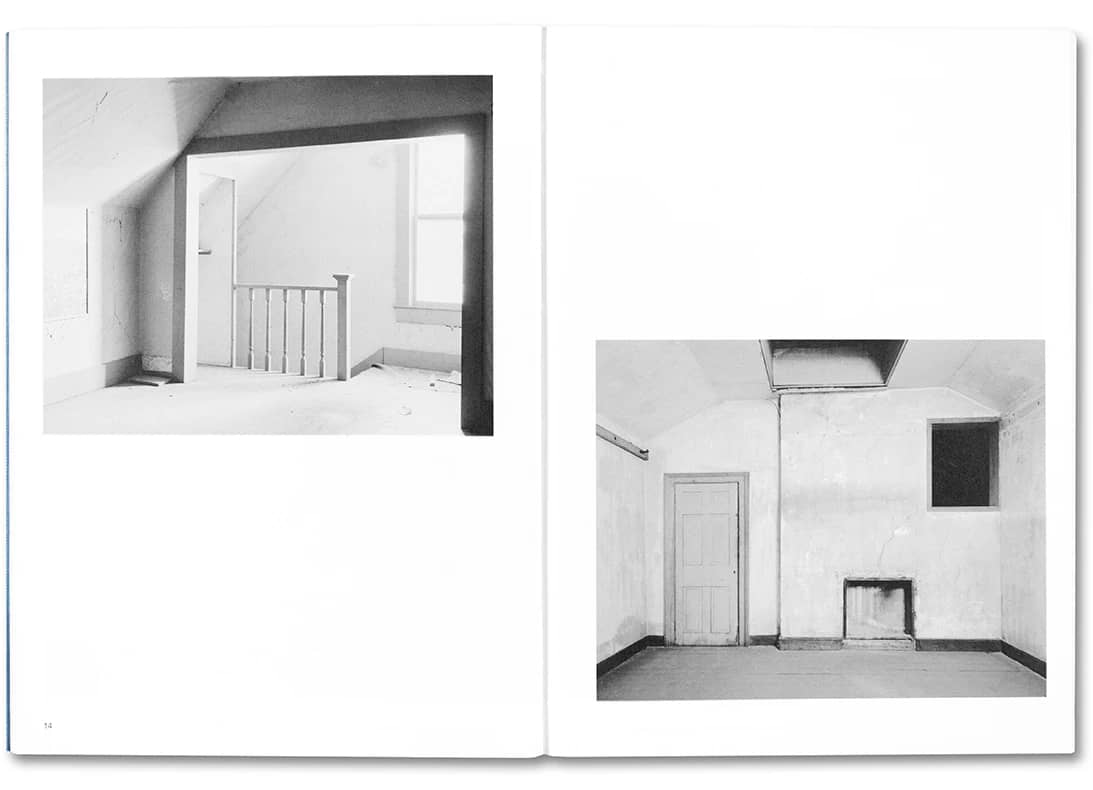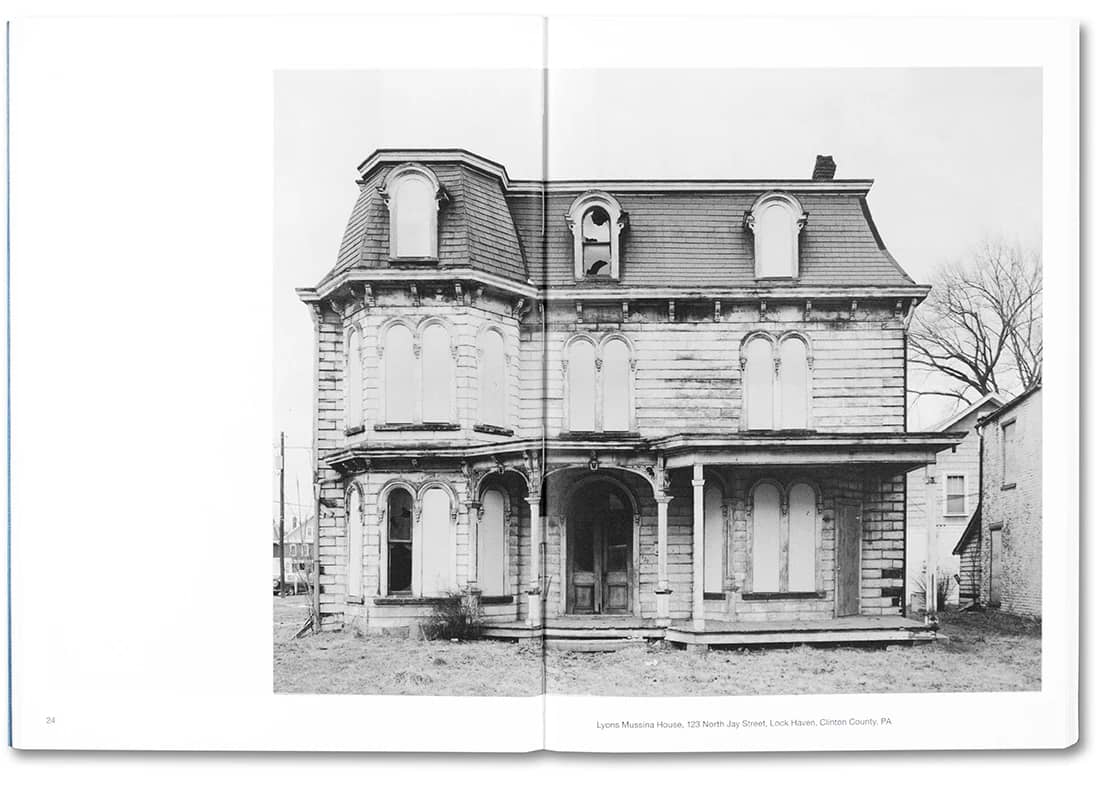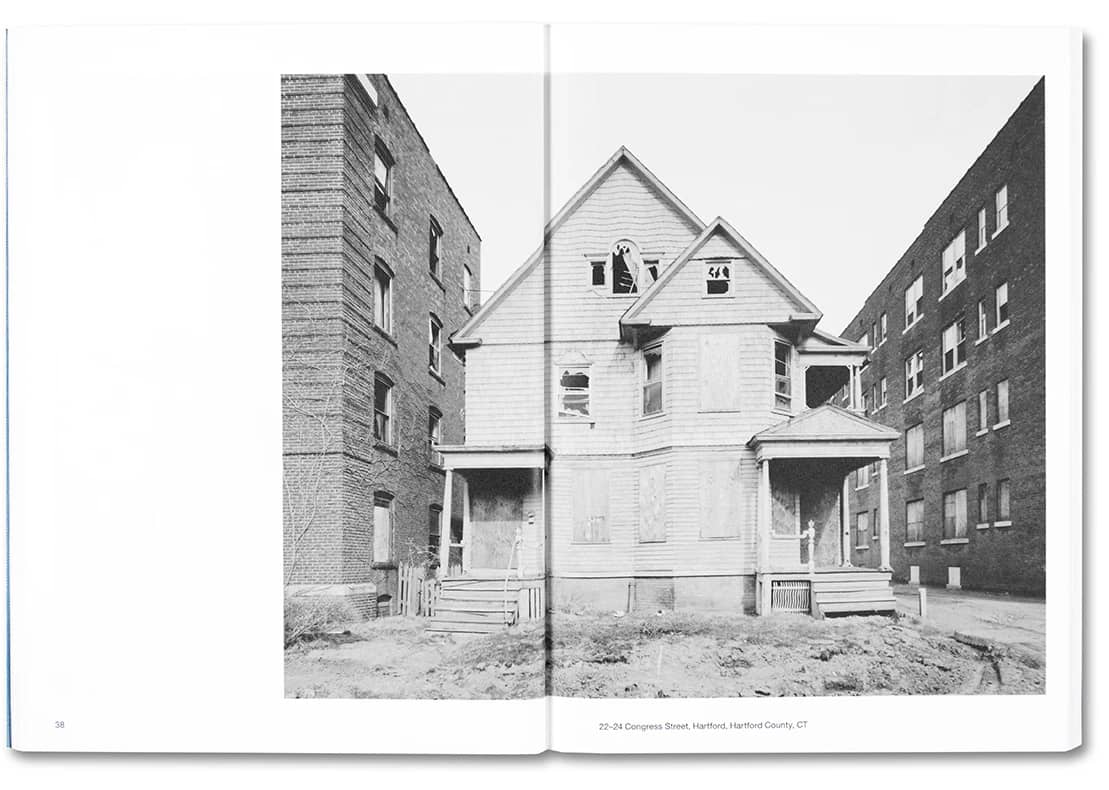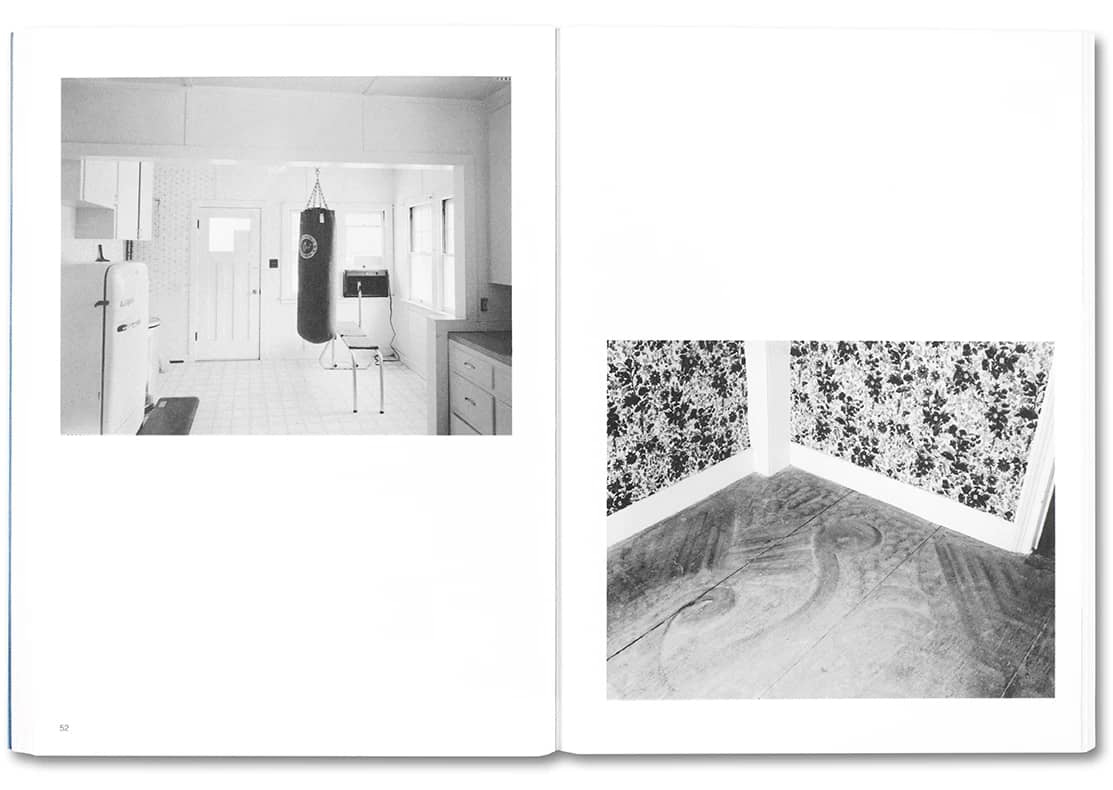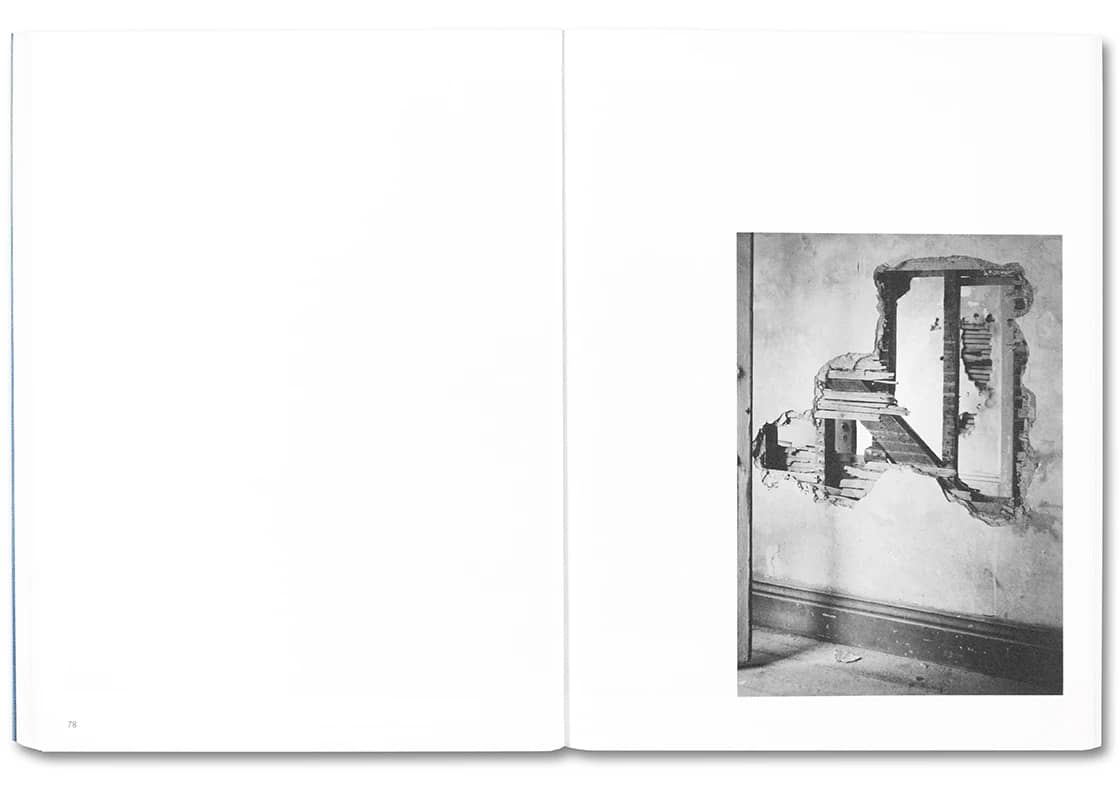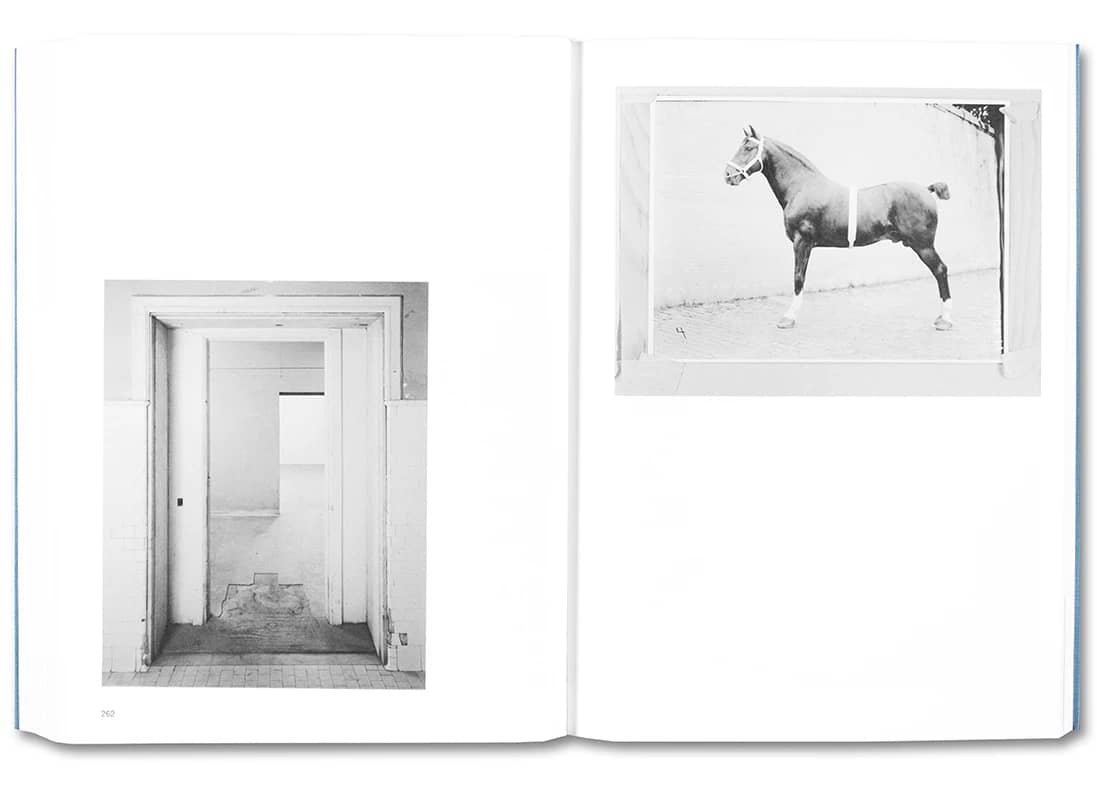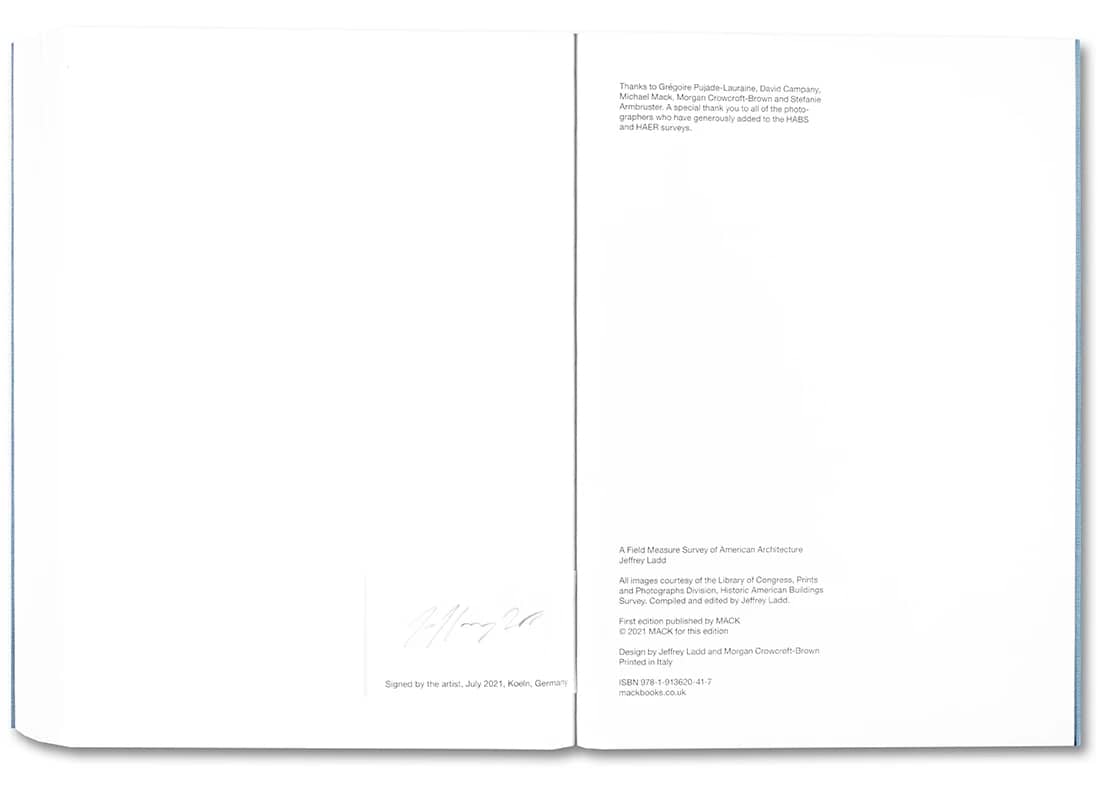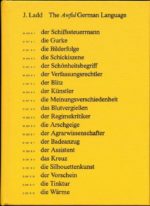Exemplaire Signé.
S’appuyant sur près d’un demi-million de photographies et de documents composant l’Historic American Buildings Survey détenue à la Bibliothèque du Congrès des États-Unis, ce livre construit un «voyage routier à sens unique» fictif à travers les États-Unis, tissant le nord et le sud à travers la ligne Mason-Dixon en tournant vers l’ouest. Dans A Field Measure Survey of American Architecture, Jeffrey Ladd utilise les archives HABS comme substitut afin de dresser un portrait de son ancien pays à un moment où sa démocratie semble en péril.
Inspiré également par le travail de documentaire social de Walker Evans et les interventions architecturales de Gordon Matta-Clark et d’autres, Ladd embrasse le mutisme des photographies pour créer un espace ambigu où se fondent sculptural, politique, médico-légal et fictif dans un paysage à la fois beau et la fragilité. Ce qui semble initialement être une seule voix se révèle appartenir à des dizaines de créateurs ; ce qui semble être une description du passé lointain se révèle être plus proche du présent que prévu. A Field Measure Survey met en lumière non seulement ces archives remarquables, mais aussi les significations proliférantes qui peuvent être façonnées à partir de ses images.
Drawing from the nearly half a million photographs and documents comprising the Historic American Buildings Survey held in the US Library of Congress, this book constructs a fictional ‘one-way road trip’ across the United States, weaving north and south across the Mason-Dixon line while tacking west. In A Field Measure Survey of American Architecture, Jeffrey Ladd uses the HABS archive as a surrogate in order to manifest a portrait of his former country at a moment when its democracy seems imperiled.
Inspired equally by the social documentary work of Walker Evans and the architectural interventions of Gordon Matta-Clark and others, Ladd embraces the muteness of photographs to create an ambiguous space where the sculptural, political, forensic, and fictional coalesce within a landscape of both beauty and fragility. What initially appears to be a single voice is revealed to belong to dozens of makers; what seems a description of the distant past is revealed to be closer to the present than expected. A Field Measure Survey sheds light not only on this remarkable archive but on the proliferate meanings that can be shaped from its images.


